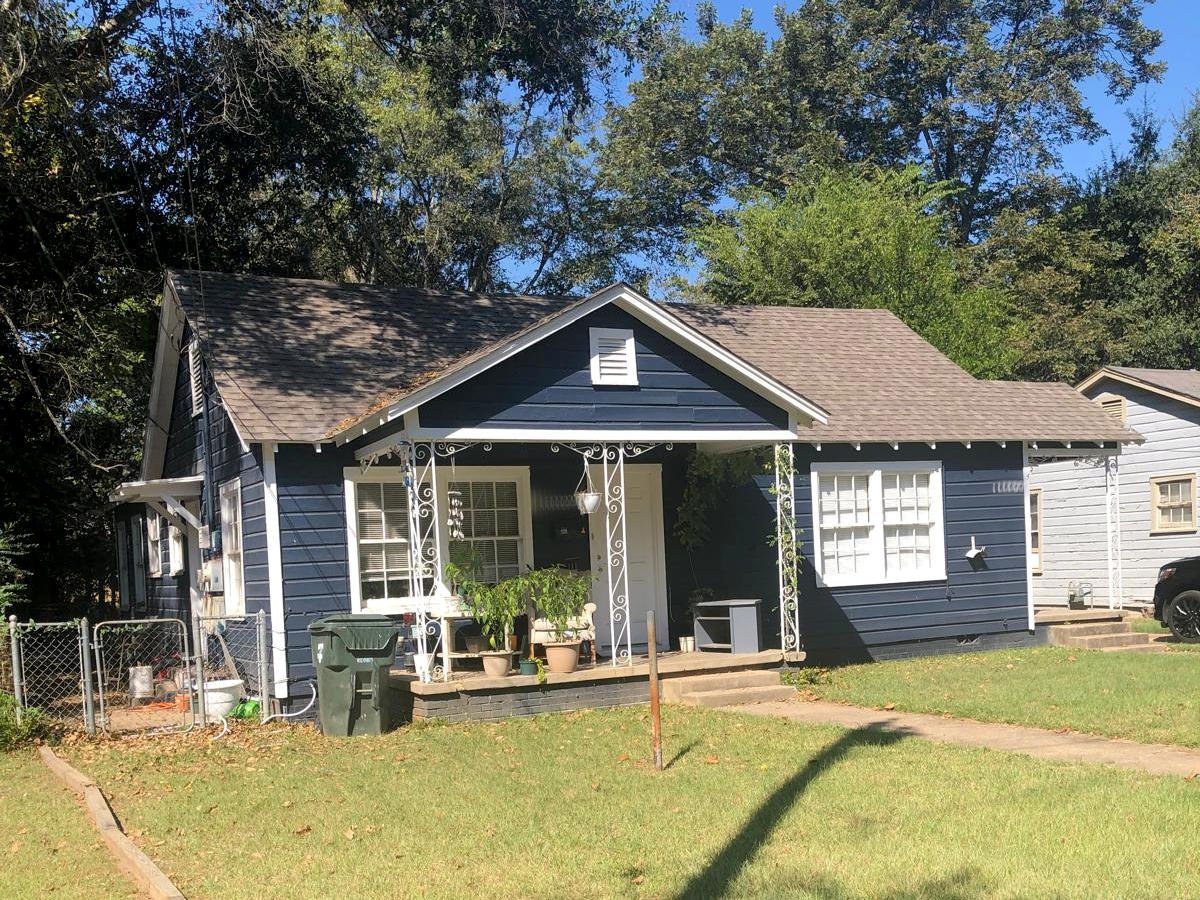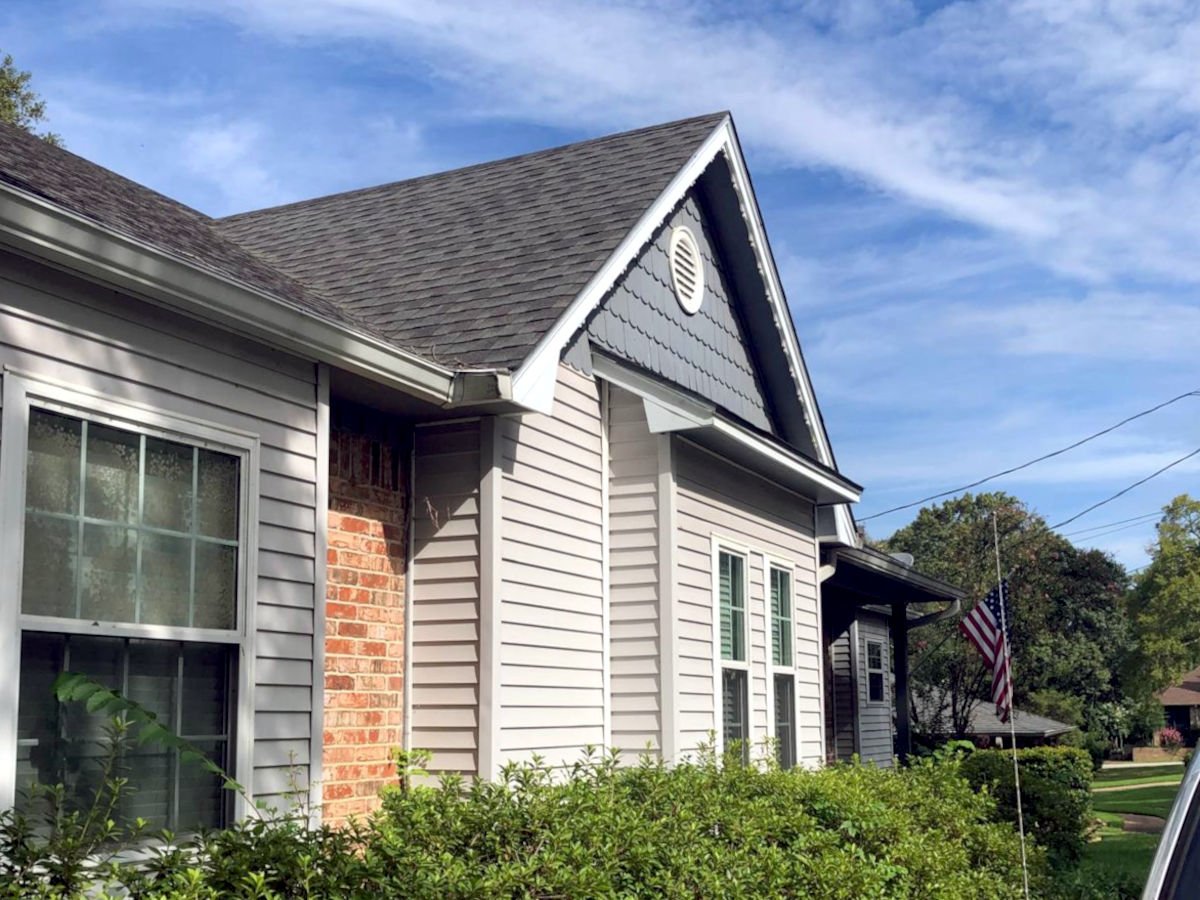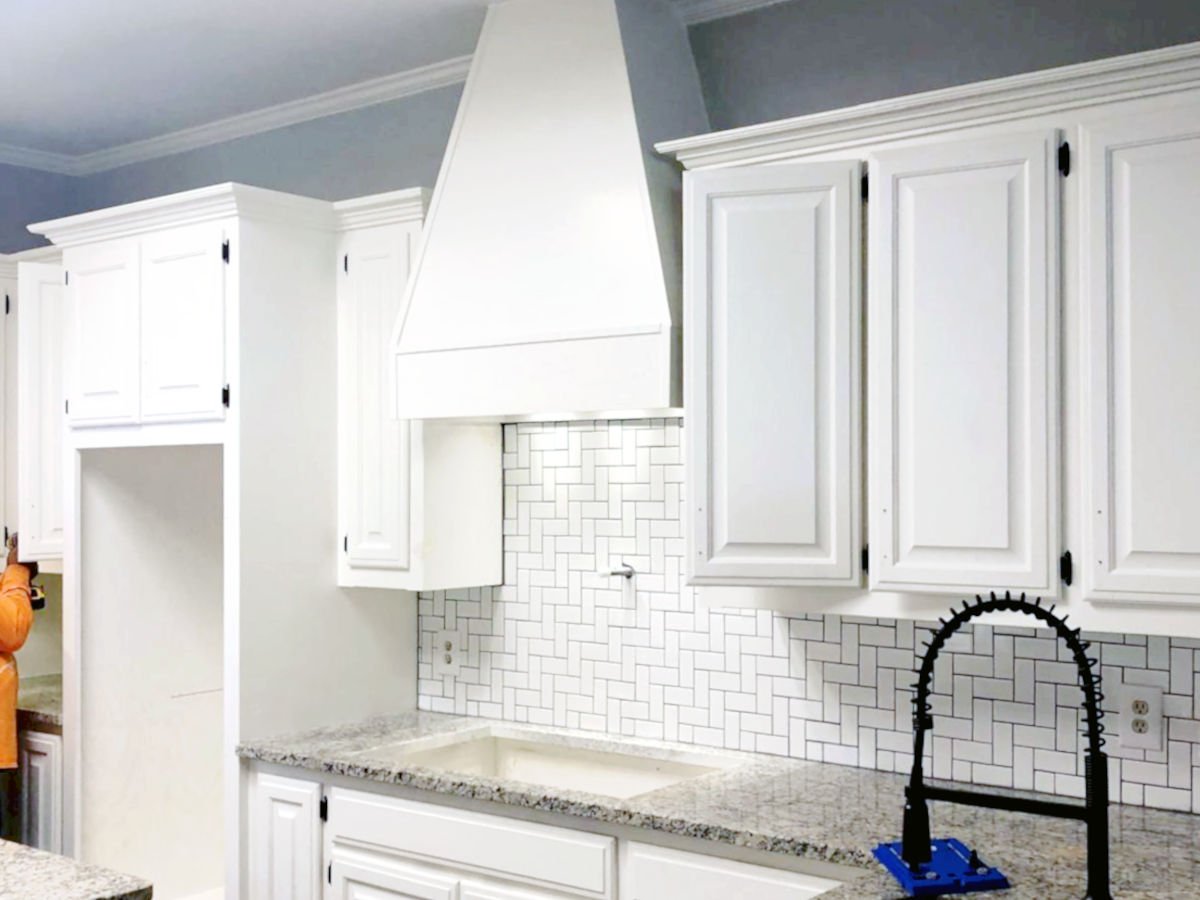Is the damp air silently destroying your home’s exterior? Here’s how to fight back with the right paint strategy.
Does your house feel older than it is? Does the paint look dull, bubbled, or even moldy within just a few years of painting?
If you live in a humid climate—like much of the U.S. Southeast, Gulf Coast, or even East Texas—moisture is your home’s silent enemy. It seeps into siding, hides behind trim, feeds mildew, and lifts paint from the surface. The result? You’ll need to repaint more often than you think.
In this guide, we’ll break down exactly how often you should repaint in humid regions and how to make those paint jobs last longer, even when the air feels like soup.
🌧️ How Humidity Affects Paint Durability
Humidity isn’t just uncomfortable—it’s destructive. Here’s why:
- Moisture saturation: Constant humidity leads to moisture penetrating porous surfaces like wood and stucco.
- Mildew and mold growth: Warm, moist air is a breeding ground for fungi, especially in shaded areas.
- Poor paint adhesion: If humidity is high during painting, the paint might not bond correctly—causing blistering or peeling.
- UV + humidity = disaster: Combine intense sun with high humidity, and paint begins to crack, chalk, and fade even faster.
🕒 General Repainting Guidelines (Humid Climates)
| Surface Type | Repainting Frequency |
|---|---|
| Wood siding | Every 3–5 years |
| Stucco | Every 5–7 years |
| Aluminum siding | Every 5–6 years |
| Fiber cement | Every 7–10 years |
| Painted brick | Every 8–12 years |
Pro Tip: South-facing walls fade and deteriorate fastest due to sun exposure combined with humidity. Prioritize these areas when evaluating repaint needs.
✅ Signs Your Humid-Climate Home Needs Repainting
Don’t wait for paint to peel completely. Look for early warning signs:
- Fading or discoloration
- Chalky residue when you rub your fingers on the wall
- Peeling or bubbling paint, especially around windows and trim
- Mildew stains or greenish-black patches
- Cracks in caulk or wood beneath paint
- Soft or spongy siding
If you see any of these, it’s time to plan a repaint.
🎯 How to Extend Paint Life in Humid Climates
1. Use 100% Acrylic Latex Paint
This type of paint is highly flexible, breathable, and mildew-resistant—perfect for high-moisture regions.
2. Choose Lighter Colors
Darker colors absorb more heat and moisture, speeding up paint breakdown. Lighter shades reflect UV rays and stay cooler.
3. Prioritize Proper Surface Prep
- Wash thoroughly to remove mildew
- Sand and scrape peeling areas
- Repair rotting or water-damaged wood
- Use mildew-resistant primers
4. Apply at the Right Time
Paint when humidity is below 70% and temperatures are between 50°F and 85°F. Early morning and late afternoon are ideal.
5. Use Mold-Resistant Additives
These can be mixed into paint to add an extra layer of defense against mildew and fungi.
🧱 Best Surfaces and Materials for Humid Areas
If you’re remodeling or building new, consider these materials:
- Fiber Cement Siding: Highly resistant to moisture and rot.
- PVC Trim Boards: Won’t absorb water or swell.
- Paintable Vinyl Siding: A modern option that resists moisture and mold.
🛠️ Maintenance Tips Between Paint Jobs
- Power wash annually to remove mildew and dirt
- Inspect caulking and reseal as needed to prevent water intrusion
- Trim trees and shrubs to allow air circulation
- Ensure gutters are clean and water drains away from the foundation
🧩 Related Article Ideas to Explore Next
To help homeowners get the most out of their painting investment in humid regions, consider exploring these connected topics:
- “Mildew-Resistant Paints: Do They Really Work?”
A deep dive into paint formulations designed for damp environments. - “How to Prep Your Home for Painting in High-Humidity Conditions”
Checklist and timeline for successful paint adhesion in moist air. - “Top 7 Exterior Paint Brands for Humid Climates (2025 Edition)”
Tested and trusted paints that stand up to moisture and mildew. - “When to Paint: The Best Weather Windows for Exterior Painting Projects”
Help readers understand temperature, dew point, and humidity thresholds. - “What Is the Difference Between Moisture Damage and Paint Failure?”
Guide to diagnosing what’s really going on with your exterior walls.
🎬 Final Thoughts
In humid climates, repainting isn’t optional—it’s essential maintenance. While dry regions may enjoy a decade between coats, homes in high-moisture environments like East Texas or Florida need extra care.
Choosing the right paint, applying it properly, and inspecting annually can add years to your home’s appearance and protection. Don’t let humidity dictate the value and beauty of your property—paint smart, and paint often enough.








Pingback: Exterior Painting